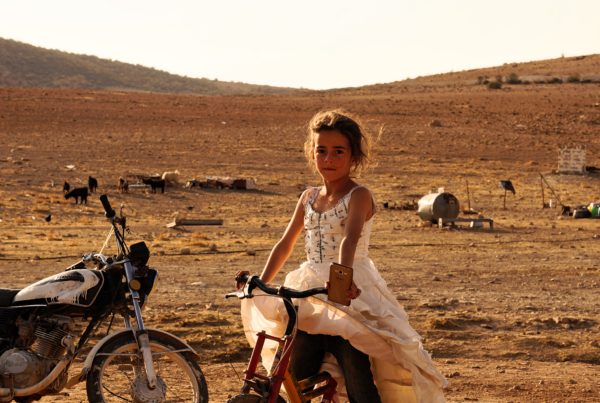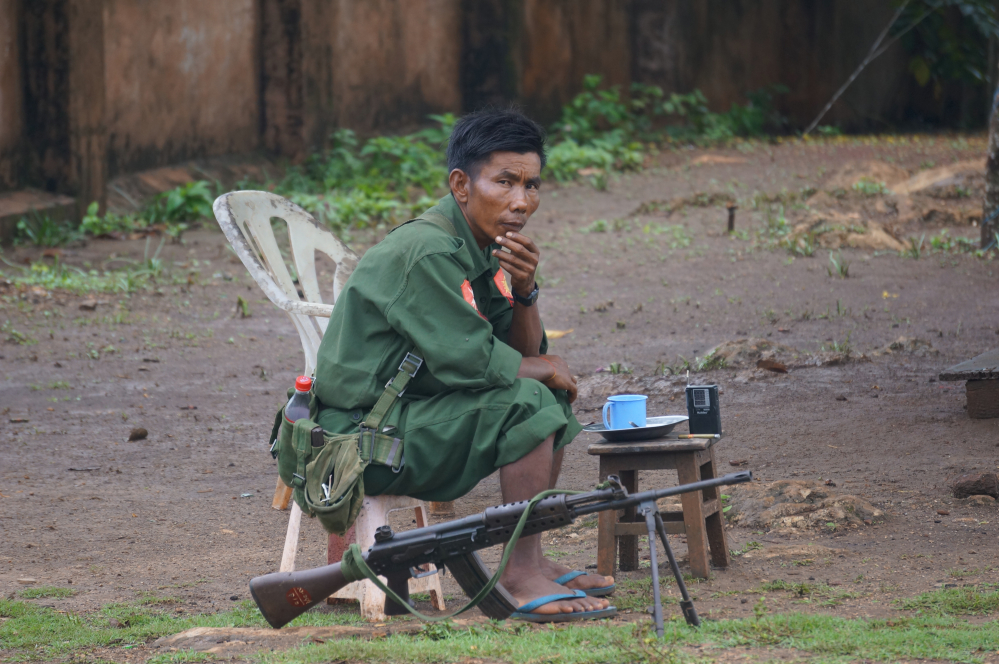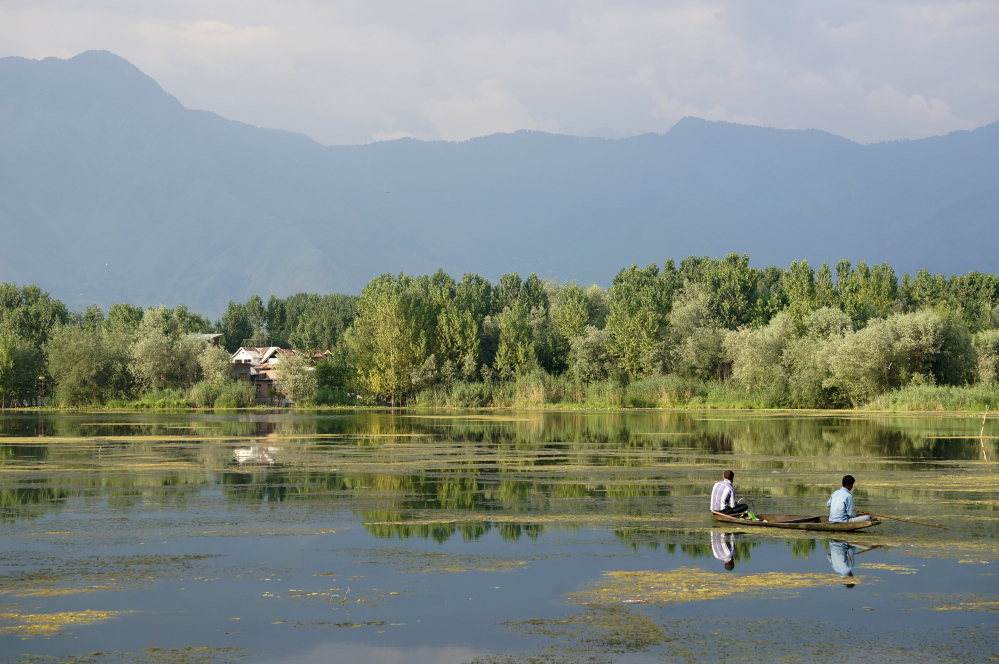There exists a ‘No Man’s Land’ between Burma and Thailand where criminals, runaways and stateless people live. It is a lawless stretch of land in the dirty Moei River that separates the two border cities: Mae Sot and Myawaddy. From the Mae Sot side of the border I catch glimpses of No Man’s Land. I see lean-tos and shanty towns amongst high grasses; dirt-covered inhabitants collect rubbish that has washed up on the banks.
No Man’s Land is well-known in the area for drugs and weapons trafficking. In No Man’s Land, people smugglers traffic women to sex slavery in Bangkok and men to fishing trawlers where they work until their death. In No Man’s Land, women are forced to sell their children into slavery to make enough money to survive. Once sold into slavery, the children’s fate is placed in the hands of Big Mama who expects them to beg for 500 Baht per day. If they can’t make the amount begging, they are forced to make it in the under-age brothels.
I am told this by an American missionary who works with the people in No Man’s Land. She tells me that she loves these people. She doesn’t blame them or judge them, not even Big Mama. Her view is that they were born into this world and they are doing what they can to survive. She tells me that her mission is to buy children from their families instead of allowing them to be sold to Big Mama. She wants to offer children a better life and to offer their mothers an alternative.
Refugees fleeing Burma, moving between borders outside of the conventional modes of travel, are prime targets for smugglers and criminals such as those in No Man’s Land. In June 2015, Thai authorities uncovered mass graves of Rohingya refugees who had been kidnapped and forced to work in slave labour camps in mountain jungles on the Thai-Burma border. According to an ABC report, the people smugglers tortured the refugees and attempted to extort the refugees’ families for money, and then kill them.
There are great dangers in crossing borders and engaging in the dark underworld of people-smuggling. I thought I was aware of these risks having heard many people tell me their stories of taking boats to Australia; however I find the stories of No Man’s Land and slave boats shocking. I am starting to believe that maybe there are worse fates than drowning at sea. These experiences consolidate my view that we need to provide people with viable alternatives to getting on boats: the difficulty, of course, is how. The number of refugees on the Thai-Burma border far outweighs anything Australia has had to cope with thus far, and this is is just a snapshot of the greater refugee numbers in Asia, let alone worldwide.
I leave Thailand and enter Burma feeling the great strain of the refugee crisis in the area.


